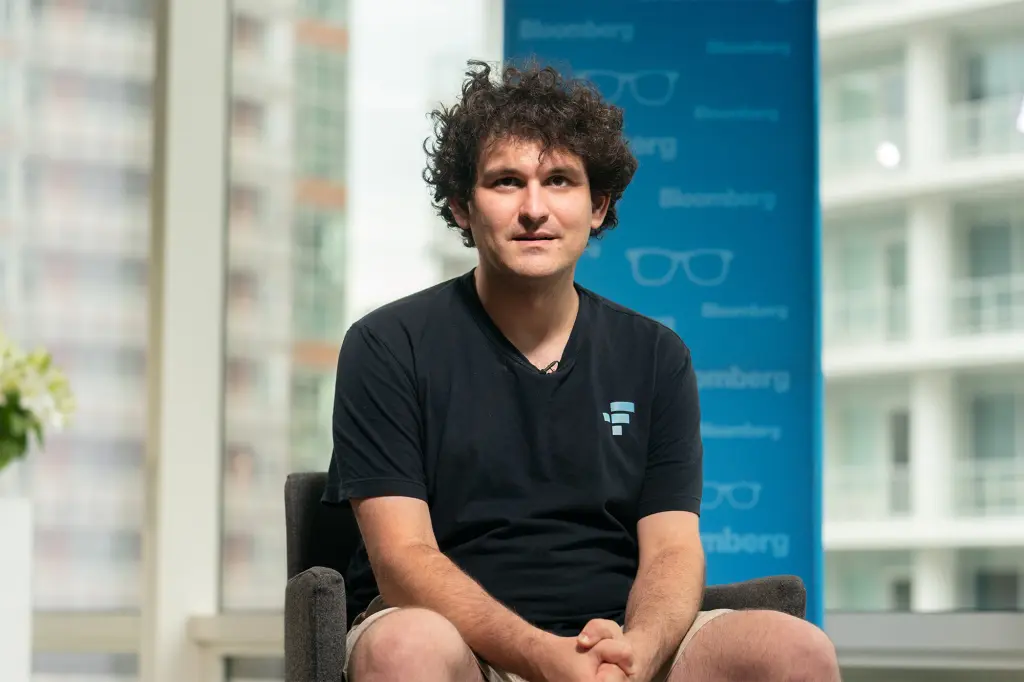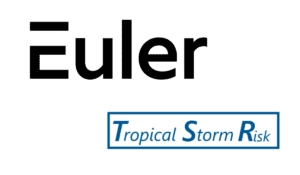How to commit fraud wearing T shirts and shorts: A Case Study of FTX (Part 1 of 2)

Ah, the joys of capitalism!
How else can a 30 year old raise billions in capital, rub shoulders with prominent politicians, and claim ignorance when the house of cards comes crashing down?
In this two part series, we deep dive into the inner workings of a Futures Exchange, what it does, what its supposed to do, how FTX claimed to have done it, and how it all unravelled.
Part 1: How does a Futures Exchange work, and how does it manage risk?
Part 2: How to commit fraud using a Futures exchange, and where does this leave Sam Bankman Fried?
Strap on, its gonna be a wild ride.
I raised this much capital and it all went poof! But I have no idea how, trust me bro
How does a futures exchange work?
A futures exchange is a platform where bets are made on the future value of an underlying asset, such as a commodity or financial instrument. To run a futures exchange, the following steps are typically followed:
Offer bets on propositions, such as whether the price of Bitcoin will go up or down.
Allow customers to take the long side of the bet (betting that the price will go up) or the short side (betting that it will go down).
Act as the counterparty for all of the customers’ bets, paying out the winners and collecting from the losers. Customers do not bet against each other directly, but rather against the exchange.
Require customers to deposit money into their accounts as collateral for their bets, known as “initial margin.”
Check the outcome of the bet each day and settle accordingly. If the bet was a winner, money is transferred from the accounts of the short bettors to the accounts of the long bettors. If the bet was a loser, money is transferred from the accounts of the long bettors to the accounts of the short bettors.
If a customer’s account falls below a certain threshold, such as $1,000, the exchange may call the customer and request additional funds, known as “variation margin.” If the customer does not deposit the additional funds, the exchange may close out the bet at a loss.
If a customer’s account becomes very high due to favorable market movements, the customer may be able to withdraw some of the funds from the account.
If a customer’s account falls below zero, the exchange may be unable to collect from the customer and may have to pay out the winner from its own funds. If the exchange does not have enough money, it may not be able to pay all of its customers the amounts in their accounts.This model is common and traditional, and is used by many futures exchanges, including the London Metals Exchange. The exchange itself does not have to own any of the underlying assets being bet on, and the process allows for leveraged trading.
So a futures exchange is a platform where people can bet on the future value of an asset, such as Gold. The exchange offers two types of bets: a “long” bet, where a person bets that the value of Gold will go up, and a “short” bet, where a person bets that the value of Gold will go down. The exchange acts as the middleman, taking bets from both sides and paying out the winners and collecting from the losers.
To participate in the exchange, people must deposit a certain amount of money in their accounts as collateral, called the “initial margin.” This ensures that the exchange can be confident that the bettors will be able to pay up if they lose their bets. The exchange checks the value of Gold each day and adjusts the accounts of the bettors accordingly. If the value of Gold goes up, money is taken from the accounts of the short bettors and given to the accounts of the long bettors, and vice versa.
If a bettor’s account gets too low because the value of Gold has moved against them, the exchange will call them and ask them to deposit more money, called “variation margin.” If the bettor does not do this, the exchange will close their bet at a loss.
If a bettor’s account gets very high because the value of Gold has moved in their favor, they can withdraw some of the money from their account. If a bettor’s account ever goes below zero, it means that the value of Gold has moved against them so quickly that the exchange didn’t have time to ask for more money or close their bet. In this case, the exchange must pay the winner of the bet out of its own funds, but may not be able to collect from the loser. This can be a problem if the exchange doesn’t have enough money to pay all its customers.
This model of a futures exchange is common and traditional, and is similar to how other futures exchanges operate, such as the London Metals Exchange. It is also a way for people to engage in leveraged trading on Gold, as they only have to put up a small amount of money as collateral. The exchange never has to hold any actual Gold, but instead holds the money deposited by the bettors as collateral for their bets.
Its a risky business, but here’s how Futures Exchanges (are supposed to) manage it
To manage risks, exchanges charge a significant amount of initial margin. This ensures that customers have sufficient funds to cover their bets.
The initial margin is tailored to the riskiness of the bets. For more volatile or illiquid bets, customers are required to put up more money than for stable or liquid bets. This is determined by examining historical price moves.
The initial margin may also be tailored to the size of the bets. Larger bets may require more money per contract than smaller bets.
Variation margin is closely monitored. If a customer’s position moves against them and they don’t deposit more money, their bet is closed out quickly to prevent a negative balance.
Withdrawals are carefully considered. If a customer wants to withdraw a large amount of money from their account after a significant price movement, the request may be denied until it can be determined if the price is stable. This prevents customers from withdrawing funds and then losing them if the price drops.
Managing risks at a futures exchange involves charging a lot of initial margin and tailoring it to the riskiness and size of the bets. It also involves monitoring variation margin carefully and being cautious about letting customers withdraw money.
This is not easy and sometimes prices do move further and faster than anticipated, leading to big problems. The London Metals Exchange (LME) experienced this when nickel prices shot up and traders with negative balances couldn’t be paid out. The LME solved this by shutting down trading for a while and canceling some trades until prices went back down.
Risk management in a futures exchange is difficult, but that’s where the money is (Its value is to ensure proper risk management!)
With the grounding of the basics, we are now ready to see how does one commit fraud using a Futures Exchange.
Head on to Part 2 here.
www.ClearlySurely.com is a refreshing new way to approach Life Insurance – with humour and fun, bound together by imagination.
Sign up today to use our Financial Discovery Platform – its free, and you get heavily discounted rates when you purchase Life Insurance through our agent partners (up to 48% off from commission rebates!)
We have been eradicating the knowledge gap between consumers and Life Insurance since 2015, and have a vision that one day, every Man, Woman, and Child will be properly insured.




